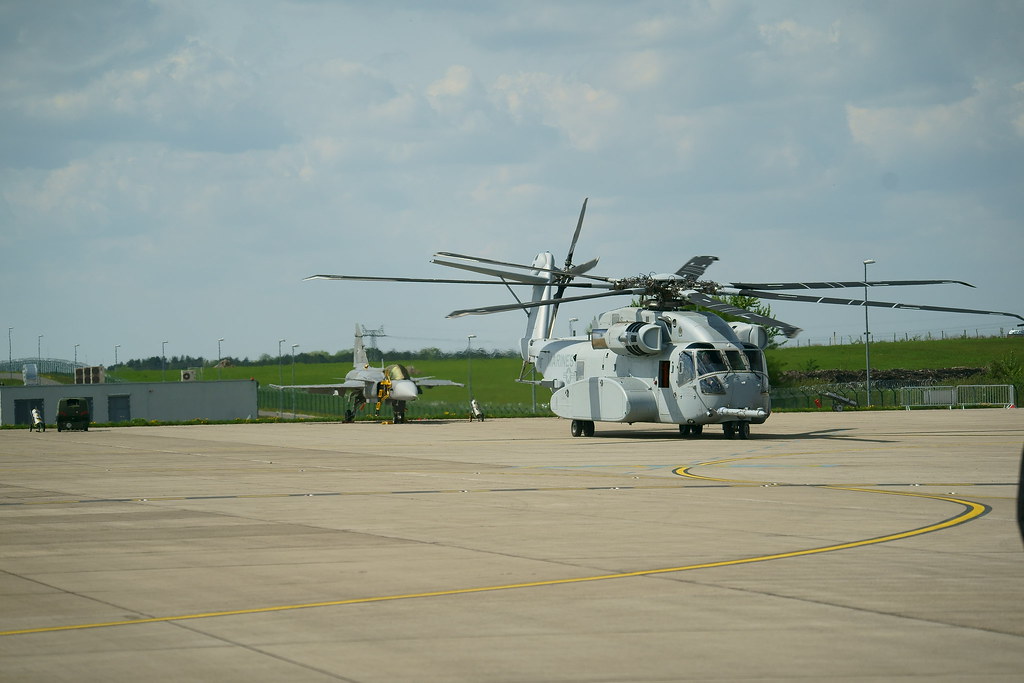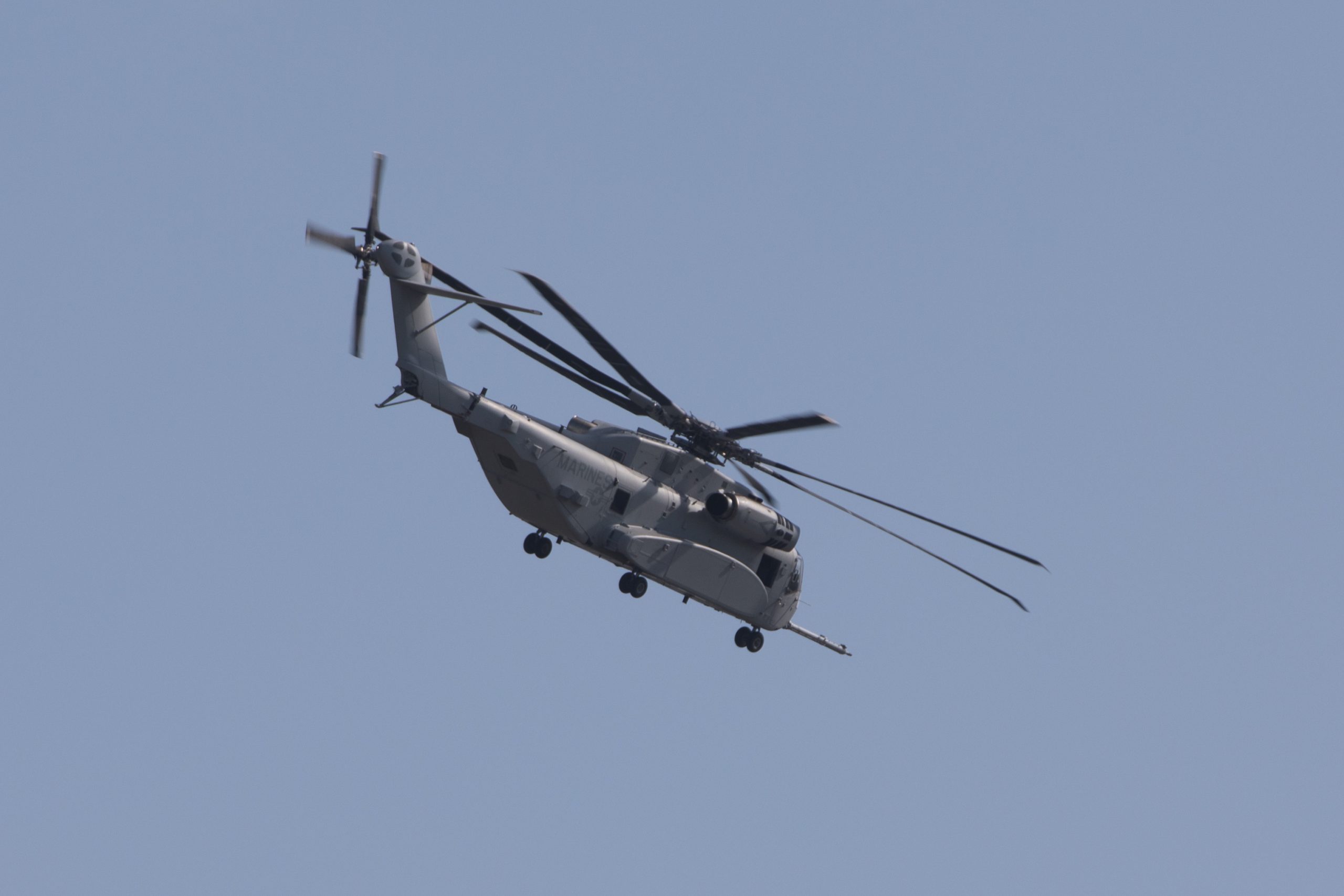
On April 24, the U.S. Marine Corps provided a glimpse into the potential future of distributed aviation operations with a stunning demonstration involving the CH-53K King Stallion, the most powerful helicopter in the U.S. military’s arsenal.

The operation showcased the King Stallion’s capabilities by transporting an inoperative F-35C airframe from Naval Air Station Patuxent River in Maryland to Naval Air Warfare Center Aircraft Division Lakehurst, New Jersey.

The CH-53K, piloted by an aviator from Marine Test and Evaluation Squadron 1 (VMX-1), not only carried the stripped-down hulk of an F-35C test jet, designated CF-1, but also achieved mid-air refueling from a KC-130T Hercules tanker/transport aircraft during the journey.

The F-35C, devoid of mission and propulsion systems, outer wings, or additional equipment, was being transferred for future emergency recovery systems testing.

The complex aerial feat reflected the CH-53K’s role in moving heavy payloads, vital for the Marines’ new operational concepts focusing on flexibility and reach in the Pacific theater.

“A Marine aviator from Marine Test and Evaluation Squadron 1 (VMX-1) piloted the most powerful helicopter in the Department of Defense that carried the inoperable airframe,” reported the Marines, emphasizing the significance of this dual-capable mission.

Sling-loading such payloads and refueling mid-air are individually challenging tasks. Combined, they demand the utmost skill and precision from the aircrews involved.

This operation followed a January 2023 demonstration, marking a progression in the helicopter’s evaluation and showcasing its ability to carry oversized cargoes over long distances — a crucial factor in the USMC’s pivot towards distributed, expeditionary operations.

The CH-53K King Stallion represents the latest evolution in a storied line of heavy-lift helicopters. With a payload capacity of 36,000 pounds, it significantly upgrades the Marine Corps’ ability to deploy combat-ready assets.

This is particularly relevant as the U.S. faces strategic shifts in the Indo-Pacific region, with island-hopping operations playing a crucial role in countering high-end threats.

While the King Stallion suffered developmental delays, its operational capability was declared in 2022, and the Marine Corps intends to purchase 200 of these helicopters to replace the aging CH-53Es. The first operational deployment aboard an amphibious assault ship is now scheduled for 2026.

The significance of the King Stallion in future operations cannot be overstated. According to the Navy, the advanced capabilities of this helicopter are crucial for the service’s future distributed aviation operations.

The Navy stated, “The latest development comes at a crucial juncture for the Marine Corps, which has been reevaluating its force structure and strategic focus to counter modern threats.”

As tensions rise, particularly with China in the Pacific region, the CH-53K’s expanded operational range and load-carrying abilities will be instrumental. It supports the Marine Corps’ evolving strategy, which involves deploying scattered, highly mobile, and lethal units capable of operating within enemy engagement zones.

The recent operation demonstrated not just the King Stallion’s power but the strategic foresight of the Marine Corps, preparing for a future where versatility and extended operational reach will be paramount. The CH-53K King Stallion, through such demanding test operations, stands ready to bolster the Marines’ capability to project force across the globe.
Relevant articles:
– Check Out This Marine CH-53K Carrying An F-35C While Refueling From A KC-130T, The War Zone
– Watch: CH-53K King Stallion Carries F-35 Lightning II While Being Refueled From KC-130, Simple Flying
– This new Marine Corps helicopter refueled from a Navy tanker while carrying a Navy fighter, Task & Purpose
– US CH-53K King Stallion Packs A Punch – Gets Refueled Mid-Air While Carrying F-35C Stealth Fighter, EurAsian Times

